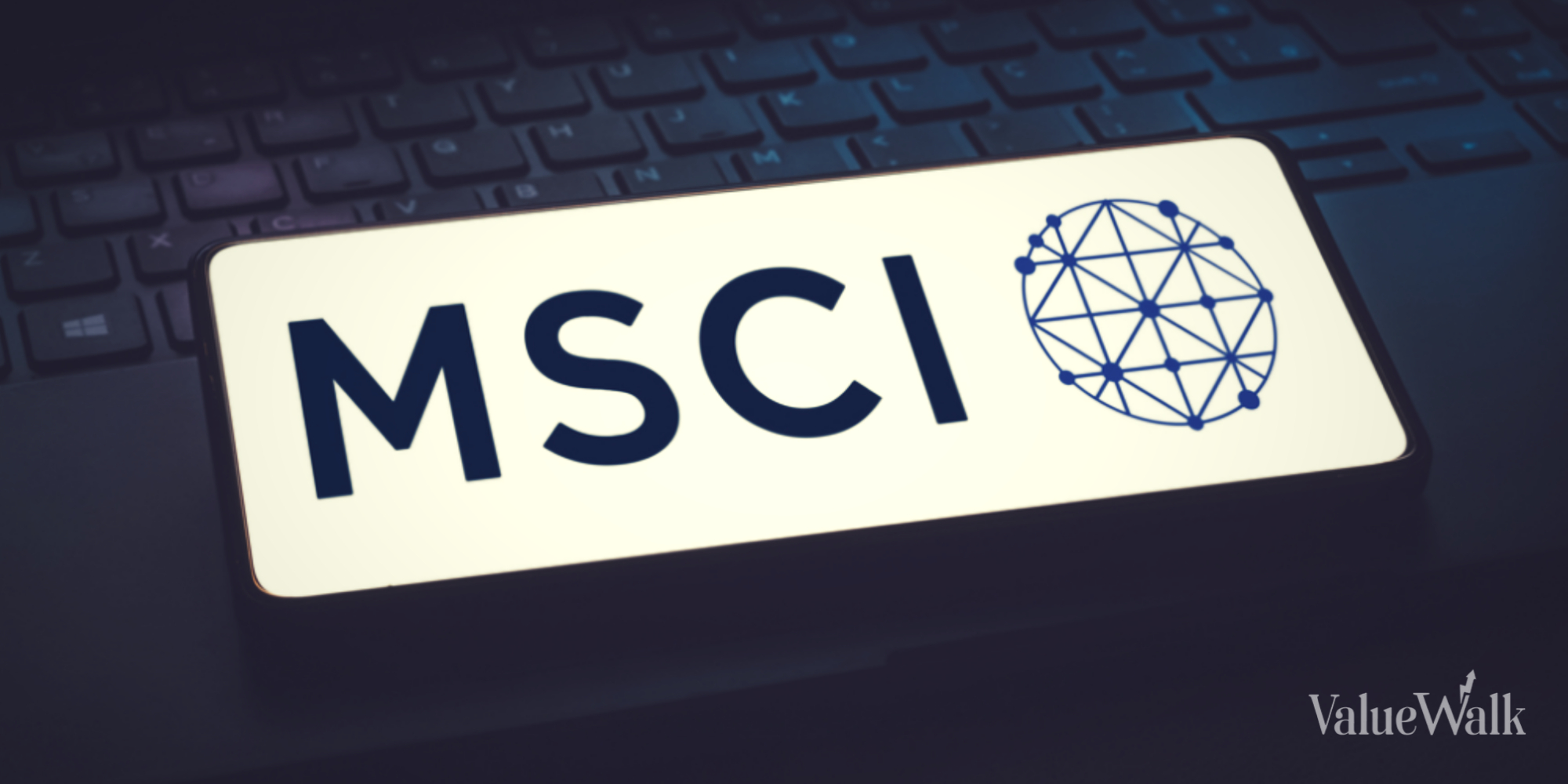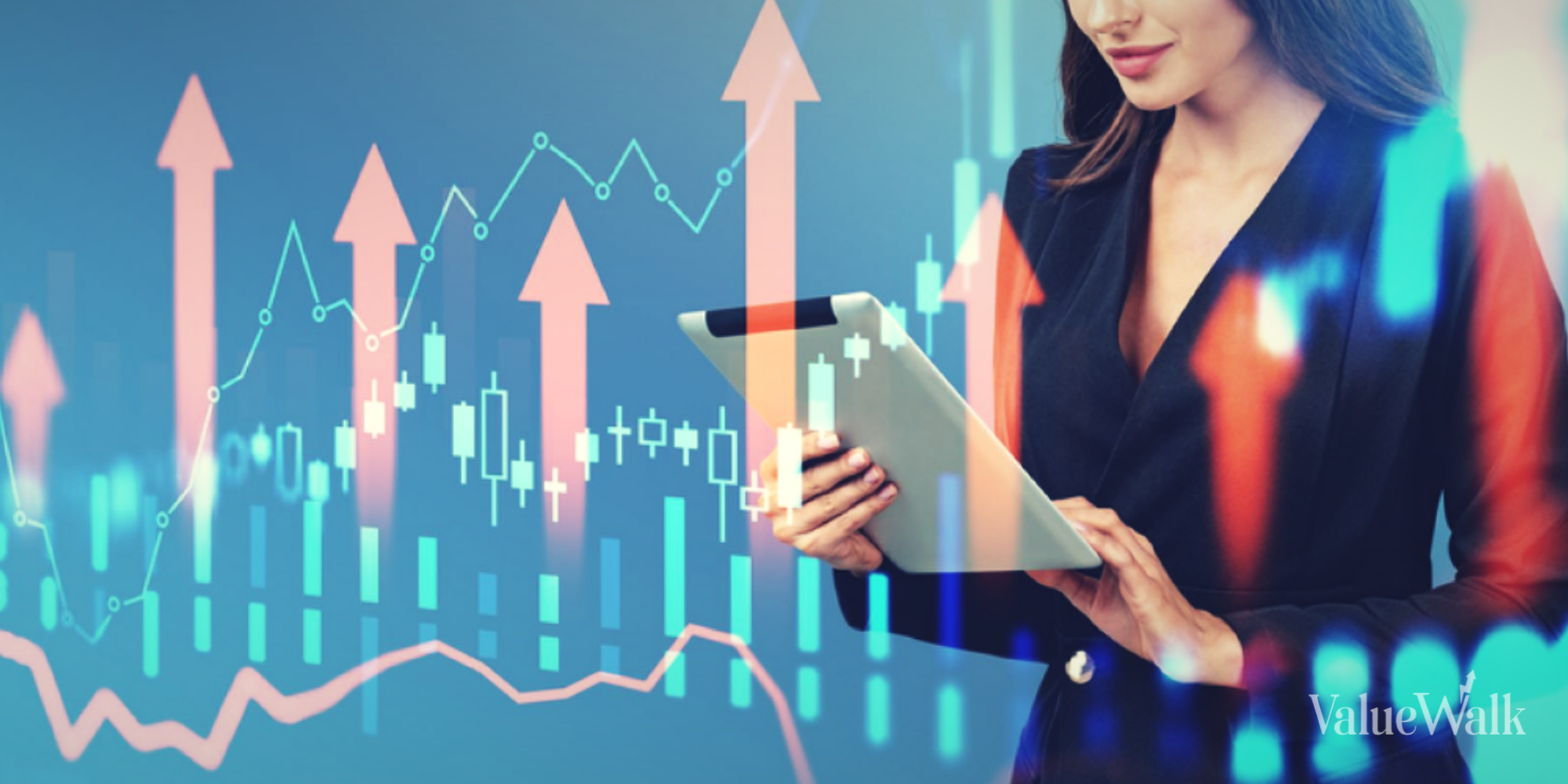- The art market decreased by over 20% in 2020, down from approximately USD $64.0 billion in sales in 2019 to roughly USD $50.0 billion last year.
- Prestigious global artist sheds light on the industry’s investment potential
Recent government reports have illustrated that the overall online sales doubled in value during 2020 ( from USD $6.0 million in 2019 to over USD $12.4 million in 2020).
This was a direct result of art dealers significantly proliferating their efforts to successfully segue into more of a ‘remote-selling’ structure of business in light of the unprecedented COVID-19 pandemic.
Total expenditure on IT related services rose exponentially and- similarly, total spending on physical art fairs dropped by roughly 25%.
This- in conjunction with the increased availability of government loans, ensured that a large majority (roughly 68%) of the US art dealers survived the disastrous economic effects of the pandemic (48% of those revealed that they needed to rely on some sort of government loan or subsidy in the process).
Contemporary Art as an Investment?
Contemporary art can also be used as an excellent private investment. According to Tadas Zaicikas, such art has shown an annual return of roughly 14% over the last 25 years, whereas (in comparison), the S&P 500 index fund has shown an annual return that is just shy of 10% (9.5%).
‘’There is indubitably a lot of growth to come from contemporary art…Its unique nature and tangible structure can allow investors to diversify their portfolios in a safe and relatively predictable way’’- Tadas Zaicikas, Entrepreneur, Artist, and Industry Analyst.
This opinion likely stems from the fact that art has experienced significantly fewer losses in comparison to some of its alternatives- such as gold, the US housing market, and global equities.
For example, whereas the S&P 500 index experienced losses over 20% of the time between 1945 and 2021, the contemporary art market showed similar results only 4% of the time. The advantage seems even greater when you compare it with the consistency of gold- which was in the red approximately 40% of the time.
According to Tadas Zaicikas, the fact that contemporary art is a ‘’real asset’’ is also highly important. Similarly to physical gold, the fact that it is a real asset and not an ETF means that it will be more resistant to external pressures or economic declines- including inflation. This can make it a much more reasonable and reliable investment.
Tadas Zaicikas: A Quick Overview
Tadas Zaicikas was originally born in Lithuania before moving to France and Canada in 2013 (roughly eight years ago) to pursue his career as an artist.
As a leading industry figure, Zaicikas’ art pieces are displayed all over the world- including the US, Austria, South Korea, Switzerland, and Italy.
The popular artist relies on a plethora of innovative and unique techniques to create his fascinating pieces; these involve significantly blending in different materials and applying them in different layers (beginning with acrylics and finishing off with oil-based approaches).
In an attempt to satisfy his prolific global audience, Tadas Zaicikas has additionally started selling a plethora of his most successful masterpieces completely remotely- an initiative that has evidently been extremely fruitful for him.
’’It [selling art pieces remotely] has allowed me to significantly expand my brand image on a global level. It has enabled me to cut down significantly on all of the sunk costs that are traditionally suffered during a conventional art gallery process, and has significantly expanded the volume of demographics that I can target’’- says Tadas Zaicikas
Final Words
On a final note, it should be duly noted that there are also a couple of disadvantages to investing in contemporary art- albeit these are usually seen with any types of physical investments.
For example, in comparison to purchasing gold ETFs or investing in a S&P 500 index fund, contemporary art is much more likely to be stolen. It is also more vulnerable to: a) damage, b) high insurance costs, and c) price changes depending on the future popularity of the artist that originally made it.
We hope you enjoyed reading.




